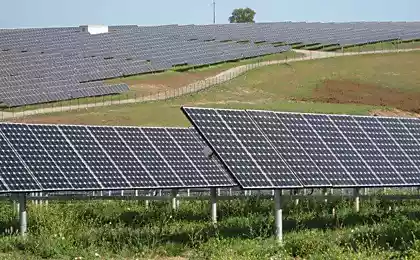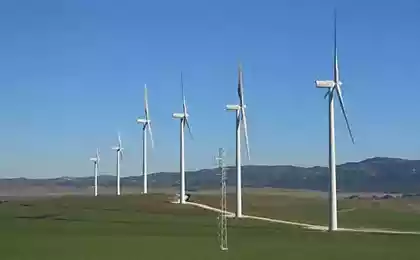121
Renewable energy or the water crisis
Scientists are sounding the alarm: in less than three decades, the United States (and the rest of the world) will face a global water crisis unless the principles of electricity production change. As the population increases, water consumption and energy consumption also increase.
Energy production is the largest consumer of water in the country, using about 41% of all fresh water. Unless the country switches to less water-hungry and cleaner energy sources, such as wind and solar, by 2030, water demand could grow to the point where there is a huge gap between how much water is needed and how much is available. This will plunge the planet into a water crisis.
According to a study conducted by CNA Corporation, over the past century, the need for water has increased six-fold, while the population has doubled. If this trend continues, there will be a 40% gap between water demand and available fresh water. Normally, when demand exceeds supply, it is possible to simply raise the price, but when it comes to water, then naturally it will not work.
While most of the water used in power generation is returned to the environment, some is lost in the process and some becomes unusable due to pollution. Combined with increasing demand from a growing population, it is clear that water will become a more important commodity that cannot be allowed to be spent on dirty energy production.
The study focused mainly on Texas, the United States, due to the rapid population growth and the number of power plants in the state. The data showed that wind power generation helped maintain needed energy production during the 2011 drought. Had wind farms not been built before, the state would have experienced massive power outages in the summer of 2011. The world needs to think about alternative energy right now, before the water crisis hits.
Source: www.ecobyt.ru/






















